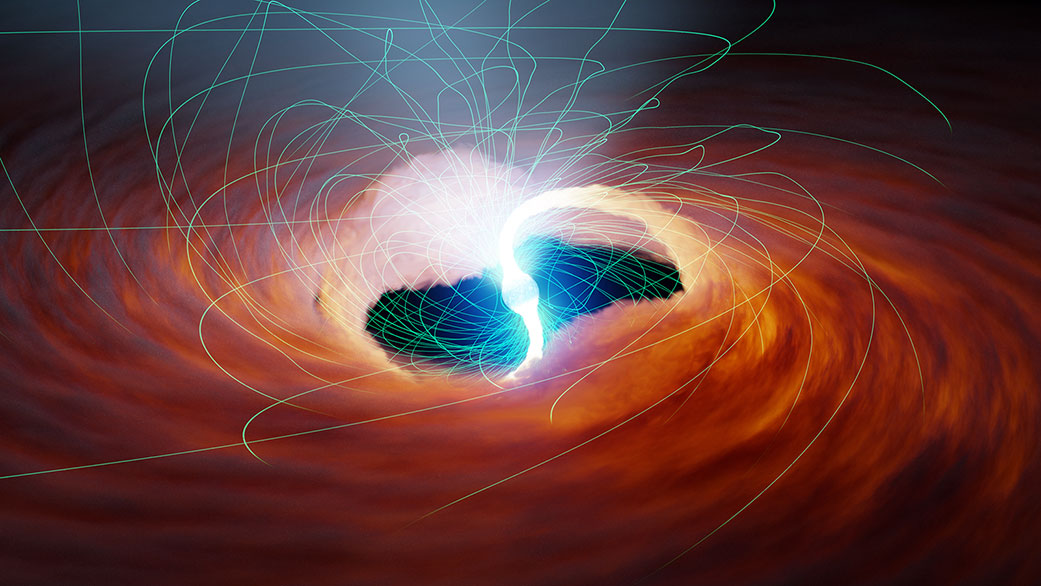Bizarre object 10 million times brighter than the sun defies physics, NASA says
A bizarre 'ultraluminous X-ray source' shines millions of times brighter than the sun, breaking a physical law called the Eddington limit, a new study finds.

Something in outer space is breaking the law — the laws of physics, that is.
Astronomers call these lawbreakers ultraluminous X-ray sources (ULXs), and they exude about 10 million times more energy than the sun. This amount of energy breaks a physical law known as the Eddington limit, which determines how bright something of a given size can be. If something breaks the Eddington limit, scientists expect it to blow itself up into pieces. However, ULXs "regularly exceed this limit by 100 to 500 times, leaving scientists puzzled," according to a NASA statement.
New observations published in The Astrophysical Journal from NASA's Nuclear Spectroscopic Telescope Array (NuSTAR), which sees the universe in high-energy X-rays, confirmed that one particular ULX, called M82 X-2, is definitely too bright. Prior theories suggested that the extreme brightness could be some sort of optical illusion, but this new work shows that's not the case — this ULX is actually defying the Eddington limit somehow.
Astronomers used to believe ULXs could be black holes, but M82 X-2 is an object known as a neutron star. Neutron stars are the leftover, dead cores of stars like the sun. A neutron star is so dense that the gravity on its surface is about 100 trillion times stronger than that of Earth. This intense gravity means that any material pulled onto the dead star's surface will have an explosive effect.
"A marshmallow dropped on the surface of a neutron star would hit it with the energy of a thousand hydrogen bombs," according to NASA.
The new study found that M82 X-2 consumes around 1.5 Earths' worth of material each year, siphoning it off of a neighboring star. When this amount of matter hits the neutron star's surface, it's enough to produce the off-the-charts brightness the astronomers observed.
The research team thinks this is evidence that something must be going on with M82 X-2 that lets it bend the rules and break the Eddington limit. Their current idea is that the intense magnetic field of the neutron star changes the shape of its atoms, allowing the star to stick together even as it gets brighter and brighter.
Get the world’s most fascinating discoveries delivered straight to your inbox.
"These observations let us see the effects of these incredibly strong magnetic fields that we could never reproduce on Earth with current technology," lead study author Matteo Bachetti, an astrophysicist at the Cagliari Astronomical Observatory in Italy, said in the statement. "This is the beauty of astronomy … we cannot really set up experiments to get quick answers; we have to wait for the universe to show us its secrets."

Briley Lewis (she/her) is a freelance science writer and Ph.D. Candidate/NSF Fellow at the University of California, Los Angeles studying Astronomy & Astrophysics. Follow her on Twitter @briles_34 or visit her website www.briley-lewis.com.
 Live Science Plus
Live Science Plus





